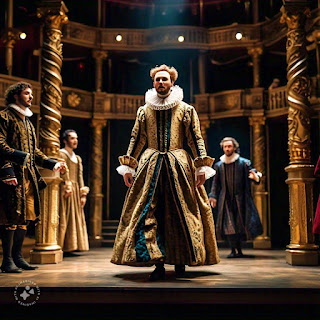Comparative Study of Sonnets by Sir Thomas Wyatt and Henry Howard, Earl of Surrey

Sir Thomas Wyatt and Henry Howard, Earl of Surrey , both prominent figures in the English Renaissance, played a significant role in introducing the sonnet form to English literature. Their contributions have left a lasting impact on the development of English poetry. Their sonnets mark the earliest examples of the English sonnet form, heavily influenced by the Italian poet Petrarch. Their contributions laid a foundation for English Renaissance poetry , yet each poet brought distinct features to his work. A comparative analysis of their sonnets reveals both similarities and differences in their themes, styles, and innovations.



.png)




